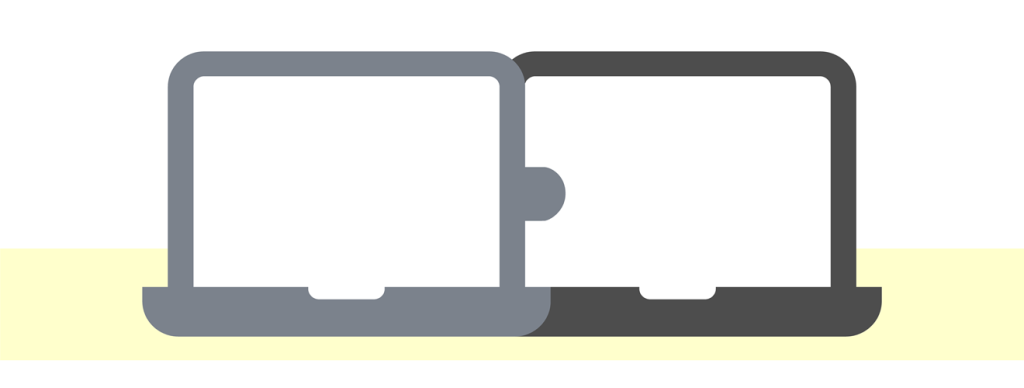What is Technology Integration?
Technology integration is the blending of computer-related learning activities into curriculum to have students acquire, organize, demonstrate, and communicate information. To understand what technology integration is, it is often useful to consider what it is not. Technology integration is not teaching computer-related skills in isolation, whereby students learn a set of isolated word processing or spreadsheet skills. Instead, technology integration has technology skills taught in connection with meaningful activities that have cross-curricular connections.
When trying to understand technology integration, you may compare the computer to a pencil. When children start school, they learn how to hold a pencil to print, write, and draw. However, the focus of instruction quickly shifts away from the tool itself to more important matters such as using the device to write a report, design a poster, or solve a math problem.
This is just like the computer. Although, there is more knowledge required to use this tool, the focus of instruction should be upon using the computer throughout the learning process to acquire, organize, demonstrate, and communicate information, instead of upon the device itself.
Why is Technology Integration Important?
Many educators may remember life before the invention of the computer, Internet, email, chat, cell phones, video game systems, and hand-held music players. However, many children today cannot. They have grown up in a world where they are surrounded by digital devices that they use for communication, entertainment, and learning.
Many children are familiar with technology and because of this fact they do things differently than people did it in the past. Today many children regularly use the Internet instead of a book to research. They send an email or use chat instead of picking up the phone to call a friend. Moreover, they frequently use the computer to type a document instead of writing it out by hand. Technology is seamlessly integrated into their daily lives.
Since children are growing up in a digital world, it is important that technology integration is part of education. Students need learning experiences to be relevant and meaningful. For this to occur, activities need to include the use of technology to acquire, demonstrate, apply, and communicate information.
In addition, educators have an obligation to prepare children adequately with the skills they need to be successful. It is important to realize that the workplace has dramatically transformed since the invention of the computer. Today, workers rely on computers to complete their job duties. Computers are needed to communicate with clients and coworkers, calculate data, analyze information, generate reports, and create publications. With the Internet, people are no longer tied to a physical location to complete their work. Instead, wireless technology can be used to check email, research information, and access files from a mobile device such as a laptop or cell phone. Children need the skills to thrive in this type of workplace.

Although many children are competent users of technology, often their knowledge and skills are limited. For example, not many children spend their spare time discovering how to use a spreadsheet program to organize data and generate graphs. Instead, most children use technology to play games, communicate with friends, and watch videos on the Internet. For this reason, educators need to present learning opportunities that have students expand their knowledge and skills to broaden their understanding of how technology can be used.
As well, it is important to acknowledge that although many children have technology skills, many do not. For example, not all children have a computer, Internet, and software at home. For this reason, education must provide equal access to technology resources and provide instruction to make sure ALL children have the skills they need to become productive members of society.
Moreover, it is essential to recognize that just because children possess some technology skills this does not mean they have a clear understanding of their ethical or safe use. Education plays an important role in having children become responsible participants in the digital world. To this end, educators must teach ethics and safety in relation to technology use.
What are the Goals of Technology Integration?
The goal of technology integration is to have students use technology ethically and safely to acquire, demonstrate, apply, and communicate information. Specifically, students need to be able to:
- practice safe, ethical, and responsible use of technology
- gather, research and evaluate information from a variety of sources
- create original works such as reports, posters, presentations, and other documents
- calculate, manipulate, and analyze data
- organize data using tables, graphs, and other organizers
- summarize ideas using a variety of media
- solve problems using technology
- present information
- communicate information effectively to an audience using a variety of media
- interact and collaborate with peers to solve problems and share information
- transfer knowledge to new technologies
Find out more about technology integration and view real-life examples at Edutopia.

Great Blog Post!